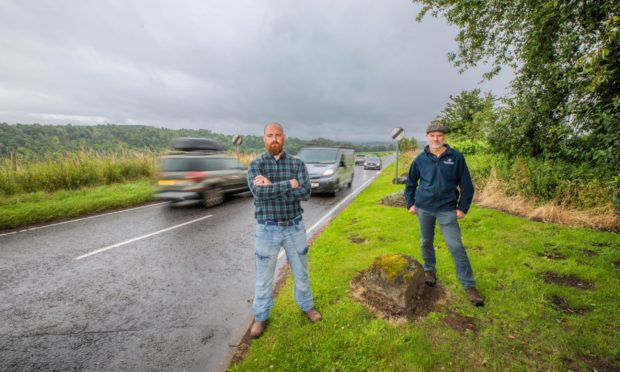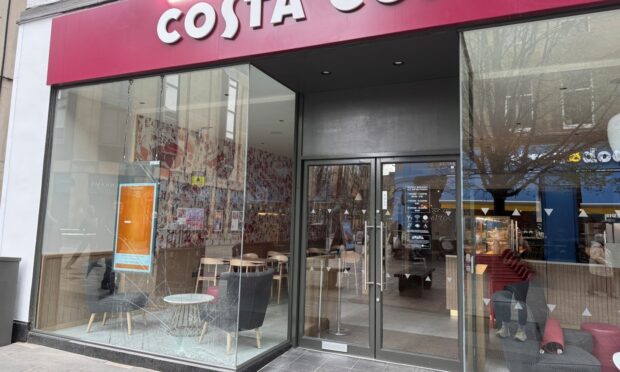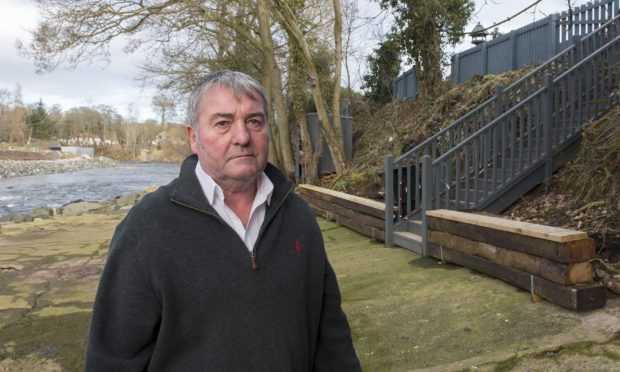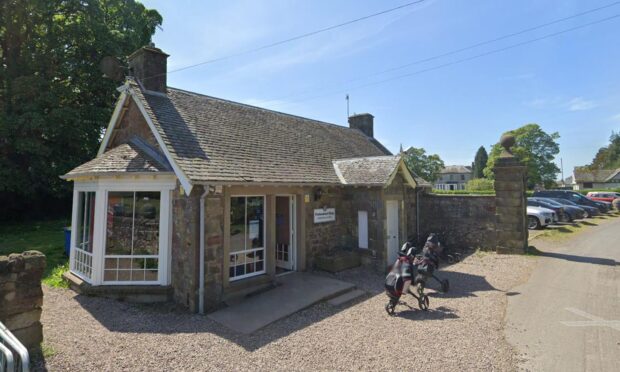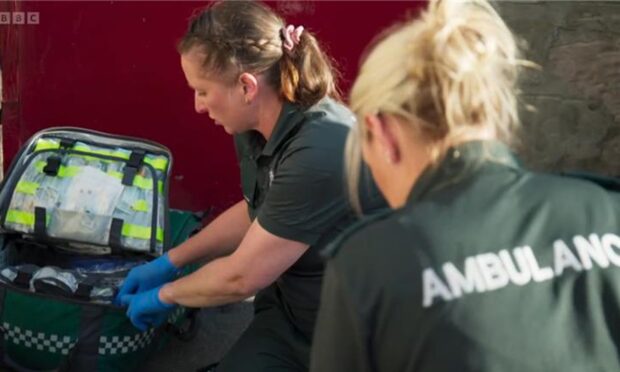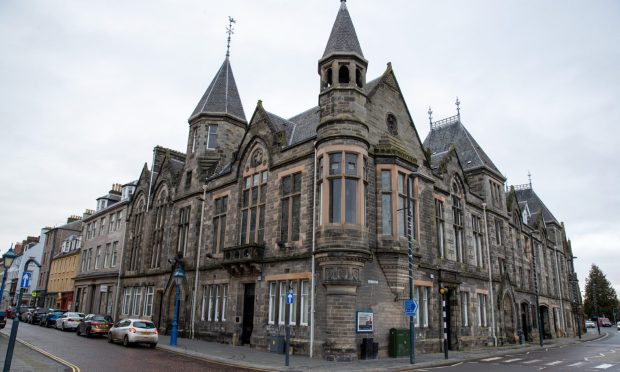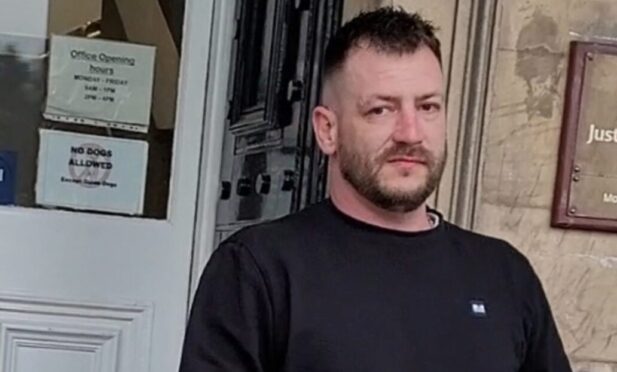A new riverside path linking two Perthshire villages for walkers and cyclists has been given a £77,000 funding boost.
The scheme is being developed as part of the River Tay Way – a new long-distance walking and cycling route between Perth and Kenmore.
It will connect Perth, Luncarty, Stanley, Dunkeld and Birnam, Aberfeldy and Kenmore through a ‘daisy chain’ of community links to promote low-carbon active travel and hopefully provide an economic boost for the area.
Partner agencies at the Perth and Kinross Countryside Trust (PKCT) and Stanley Development Trust (SDT) will use the £77,000 Scottish Government and Sustrans grant to investigate a travel route between Stanley and Luncarty.
Andrew Barrie, PKCT strategic routes officer, said: “Active travel is great for keeping healthy, creating safer means of travel and looking after the environment.
“We are so pleased to have secured this funding from Sustrans to start the process of planning a new route to link communities together.
“The Stanley Development Trust developed a feasibility report for such a path previously, which we’ll use as a guide for our new investigations, but lots has changed over recent years, including proposed housing developments and massive changes to the A9.
“We need to take a fresh look at all the issues and options and consult closely with the local community and landowners to determine the best route option.”
Mark McDonald of SDT believes the partnership with PKCT is vital to the development of an interlinking community path which will keep walkers and cyclists safe.
He said: “The village of Stanley has become the latest Perthshire community embarking on a vast housing expansion and requires now, more than ever an interlinking path network to allow safe, promoted cycle and walkways for commuting and active travel.
“We have recorded a significant uptake in active travel during lockdown with many walkers and cyclists being forced to use the B9099, this is not safe for cyclists, walkers or car users and we look at segregation to provide a safer environment for all.”
The first phase of the project, for which funding has been granted, will allow the partners to develop an options appraisal to explore all possible paths linking the two communities.
It will also include the development of route maps, surveys, budgeting and landowner and community consultation.
